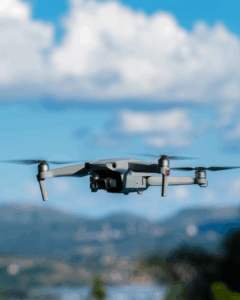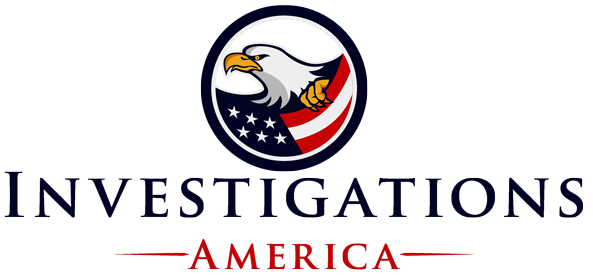The Technology Transforming Private Investigations
Gone are the days of handwritten notes and tailing suspects from a distance. Today, drones scan rooftops, artificial intelligence processes facial data in seconds, and GPS trackers offer real-time movement alerts.
1. Drones: Surveillance Takes Flight
Drones are now a cornerstone in surveillance operations. Lightweight, quiet, and equipped with high-definition cameras, they enable investigators to:
-
Survey properties and rural areas discreetly
-
Monitor activities from a safe, legal distance
-
Avoid the need for physical trespass
Case in point: In a child custody dispute, a drone was used to document unauthorized overnight visitors at a residence in a gated community. Footage gathered without ever crossing a fence line provided pivotal evidence in court.
Legal Line: The FAA regulates drone flight, and privacy laws vary by state. Flying too low over private property or recording people without consent can quickly become an illegal surveillance issue.
2. AI Facial Recognition: The Future of Identification
Facial recognition software powered by AI has become a game changer. Investigators can now:
-
Quickly match faces from surveillance footage to social media or public databases
-
Track known individuals across multiple locations
-
Identify repeat offenders in harassment or stalking cases
Where it works: In a stalking investigation, AI matched blurry video footage from a ring camera to a public Facebook profile. The suspect had changed their name—but not their face. That identification closed the loop when police were unable to.
Where it fails: Over-reliance on facial recognition can lead to false positives, especially in poorly lit or low-res footage. Misidentification has already led to wrongful accusations in other industries—PIs must verify every AI-assisted result manually.
3. GPS Trackers: Precision and Pitfalls
Modern GPS trackers are smaller, more accurate, and easier to conceal. When used legally, they help investigators:
-
Track vehicle movement in real-time
-
Build timelines and confirm location-based alibis
-
Detect suspicious patterns or stops
Success Story: A GPS tracker helped prove that a suspected cheating partner was visiting a coworker’s home consistently during “overtime” hours.
Red Flag: Most states prohibit placing GPS devices on vehicles without ownership or consent. Even in cases involving infidelity or custody, illegal tracking can backfire, rendering the evidence inadmissible—or worse, getting the client and investigator sued.
4. Social Media Scraping: Uncovering the Digital Truth
What people post online—even if they delete it—can tell investigators a lot. Using scraping tools, investigators can:
-
Track posts, comments, and photos across multiple platforms
-
Analyze time stamps and geotags
-
Link seemingly unrelated profiles through mutual friends, photos, or handles
Real-world example: In a cyberstalking case, a PI traced dozens of harassing messages across multiple fake accounts back to a single IP and username format—information that law enforcement used to secure a protective order.
Caution: Accessing private or restricted accounts without consent is illegal. Scraping must be limited to publicly available data unless subpoenas are involved.
5. When Tech Fails: Lessons from the Field
Technology can elevate investigations—but when it fails, it fails hard.
-
A drone crash into a neighbor’s yard during a surveillance mission not only blew the PI’s cover—it led to legal complaints.
-
An overzealous use of facial recognition led to a false ID, forcing the PI to retract a report submitted to attorneys.
-
A client insisted on placing a GPS tracker themselves, resulting in a criminal charge when the subject filed a complaint.
These cases highlight a crucial truth: Technology is only as effective as the person using it. Ethical training, local law knowledge, and professional discretion matter just as much as the tools themselves.

